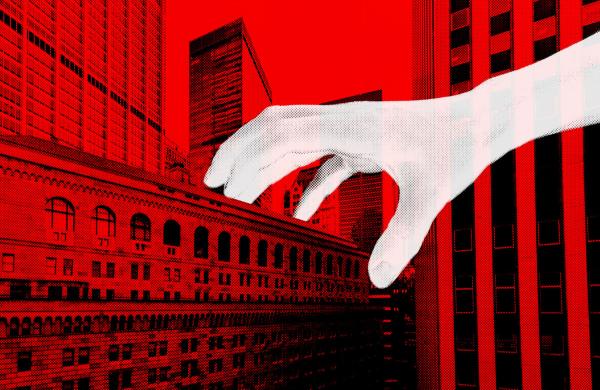Ever since the “taper tantrum” of mid-2013, financial markets the world over have been bracing for this Fed meeting. Over the past year financial markets and media have been obsessed with the timing of the Federal Open Market Committee’s first increase in its policy rate in nine years. So what happens for investors going forward?
What will drive asset prices? As in a marathon, the pace matters more than the exact start time. Tightening cycles are not one-day events. They are a series of incremental increases that play out over years. It follows that the pace of rate increases has far more influence on asset prices and yields than the timing of the first one.
What will the Fed’s pace be like? The FOMC will start off slow and low. The Fed has gone to some lengths to communicate that the pace of this tightening cycle will be far slower than past episodes, and Fed members have consistently demonstrated a shallow and gradual trajectory in their forecasts for inflation and rates — otherwise known as the Summary of Economic Projections.
So what does a gradual pace look like to the FOMC? The median of the committee’s September SEP forecasts implies four rate increases of 25 basis points each in 2016. If in fact the FOMC were to raise rates just four times in 2016, it would be undertaking the most gradual rate of increase during a tightening cycle in its history. We don’t expect the next rate move until June 2016, of which there will likely be four.
The path of future increases depends on how much inflation materializes. Fed chair Janet Yellen has provided a somewhat helpful framework for viewing subsequent rate increases. In her remarks before Congress in November, she indicated that an initial move in December could happen without too much movement in inflation but that further increases would be predicated on inflation moving higher. She repeated this message in various forms in subsequent appearances:
“If we were to move, say, in December, it would be based on an expectation, which I believe is justified, that with an improving labor market and transitory factors fading that inflation will move up to 2 percent. But, of course, if we were to move again, we would need to verify over time that that expectation was being realized and, if not, to adjust policy appropriately.”
Inflation risks in 2016 are to the upside. Virtually all measures of headline inflation have been below 1 percent for much of the year. Many forecasts for inflation in 2016 show it moving little from these low levels. There are several compelling reasons to believe that inflation could soon surprise to the upside, however.
Headline inflation has borne the brunt of the commodities price nosedive that started in mid-2014. Yet core inflation has been considerably less impacted. In fact, the core personal consumption expenditures index — the Fed’s preferred measure — has remained largely stable all year at just above 1 percent, and the core consumer price index has increased steadily this year. Once the base effects of the past year’s oil plunge roll off in early 2016, there is good reason to expect headline inflation to converge with a higher and more stable core.
Wages are another potential catalyst for inflation. With the unemployment rate continuing to grind lower, it is rapidly approaching the FOMC’s own estimate of the nonaccelerating inflation rate of unemployment (NAIRU). This means that slack in labor markets is shrinking fast and that any further job gains would likely trigger wage growth and price inflation.
Recent data supports this thesis. The average hourly earnings of private sector employees were up 2.5 percent year-on-year in October, the largest increase in more than six years. Furthermore, in December the U.S. Department of Labor released new compensation figures for the third quarter: Inflation-adjusted hourly compensation grew by 3.4 percent, marking the second-largest jump since 2009.
So with the Fed (finally!) about to begin normalizing rates and a strong consensus that anemic inflation will continue, investors should expect the ultralow inflation and interest rate environment to persist into next year, right?
The late German economist Rudi Dornbusch used to say, “In economics things will take longer to happen than you think they will, and then they happen faster than you thought they could.” This may well be the case for inflation — and interest rates — in 2016.
Shehriyar Antia is founder and chief market strategist at Macro Insight Group, an investment strategy firm based in New York. Before founding MIG he worked on quantitative easing programs and monetary policy as a senior market analyst at the Federal Reserve Bank of New York.
Get more on macro.





